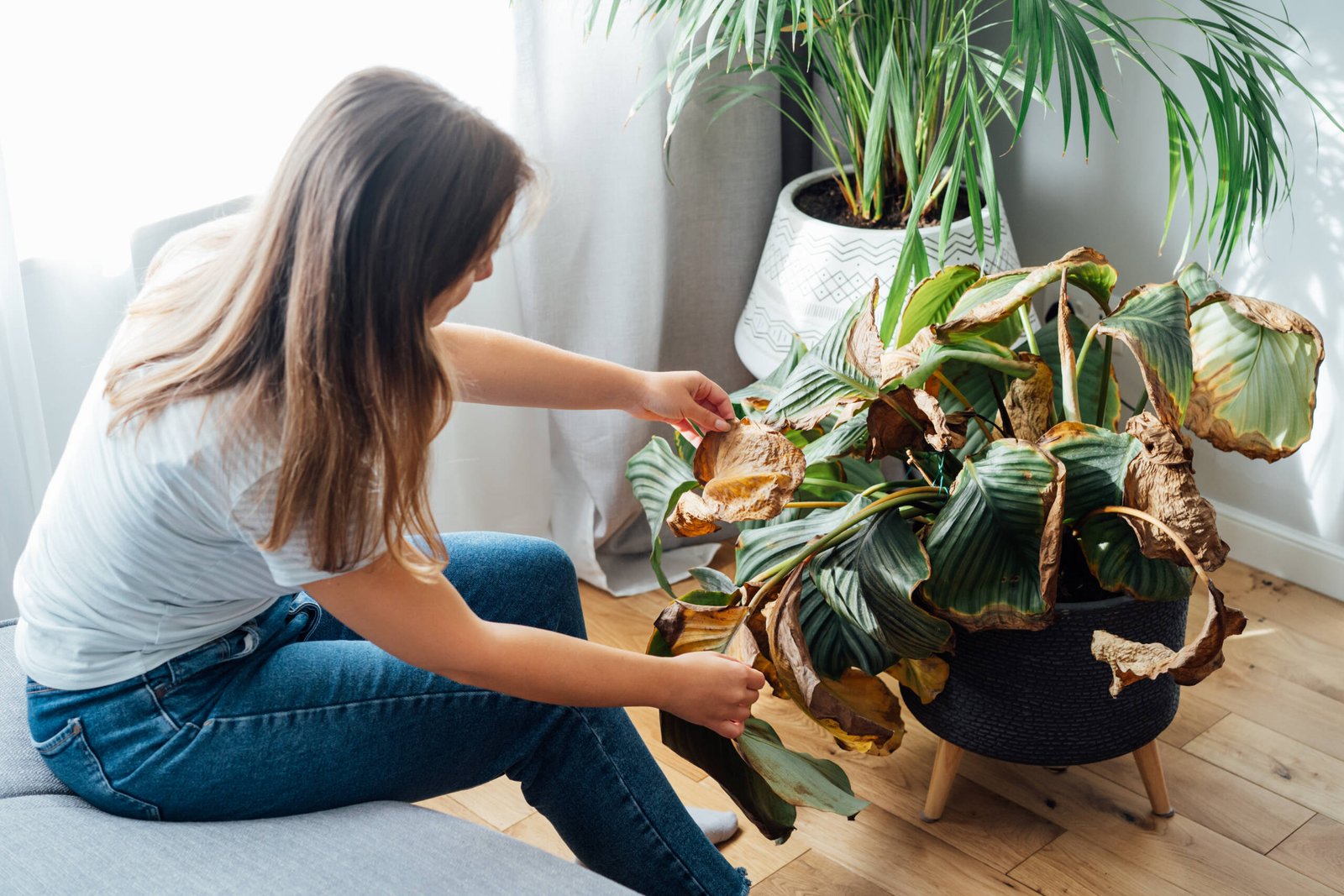

Maintaining the right humidity levels is crucial for the health and growth of indoor plants. Humidity, which refers to the amount of moisture in the air, plays a significant role in creating a conducive environment for your green companions. In this comprehensive guide, we’ll delve into the basics of humidity and explore its profound effects on indoor plants. By understanding the relationship between humidity and plant health, you’ll be equipped with the knowledge to optimize the conditions for your beloved greenery. This article provides practical tips, helpful hacks, and even a valuable recommendation for maintaining optimal humidity levels with the help of a Humidifier. Let’s explore the various aspects of humidity and pave the way for thriving indoor plants.
Understanding Humidity:
Humidity refers to the amount of moisture in the air. It can be classified into two categories: high humidity and low humidity. High humidity occurs when the air is saturated with moisture, while low humidity indicates dry air. The humidity level is typically measured as a percentage, representing the amount of moisture in the air compared to the maximum amount it can hold at a given temperature.
Humidity plays a crucial role in the overall health and well-being of indoor plants. It directly affects their growth, vitality, and ability to thrive in a controlled environment. Understanding the importance of humidity and its impact on indoor plants can help you create the ideal conditions for their optimal development. Here are key reasons why humidity is essential for indoor plants:
Impact of High Humidity:
High humidity affects indoor plants in various ways. It reduces the rate of transpiration, which is the process by which plants release moisture through their leaves. This can lead to waterlogged roots and hinder nutrient uptake. Additionally, high humidity creates an ideal environment for the growth of fungi and bacteria, increasing the risk of diseases such as root rot, powdery mildew, and leaf spot. To mitigate the effects of high humidity, ensure proper air circulation by using fans or opening windows, and avoid overwatering to prevent waterlogged soil.
Maintaining Optimal Humidity in High Humidity Environments:
To maintain optimal humidity levels for indoor plants in high humidity environments, consider the following tips and hacks. First, increase air circulation by using fans or opening windows to improve airflow around your plants. This will help reduce stagnant humidity pockets. Second, be cautious with watering to prevent waterlogged soil, which can contribute to high humidity levels. Ensure proper drainage for your pots. By implementing these measures, you can help create a healthier environment for your plants.


Impact of Low Humidity:
Low humidity, characterized by dry air, also affects indoor plants. In this condition, plants lose moisture through their leaves at a faster rate, leading to increased transpiration. This can cause wilting, stunted growth, and even leaf drop. Low humidity also hampers the absorption of nutrients by the roots, negatively impacting plant health. To address low humidity, it’s important to increase the moisture in the air surrounding your plants.
Maintaining Optimal Humidity in Low Humidity Environments:
To increase humidity for indoor plants in low humidity environments, consider the following tips and hacks. First, group plants together to create a microclimate where they collectively increase humidity through transpiration. The moisture released by one plant will benefit others nearby. Second, consider using a Humidifier. Investing in a quality humidifier is an excellent solution for maintaining consistent and controlled humidity levels. It releases moisture into the air, benefitting both you and your plants. Regularly monitor humidity levels and adjust as needed to create a more favorable environment for your indoor plants.
Humidity is a vital factor in ensuring the health and growth of indoor plants. By understanding its impact and implementing proper humidity control measures, you can create an optimal environment for your green friends to flourish. Regularly monitoring humidity levels, adjusting as needed, and incorporating techniques such as increased air circulation or using a humidifier will contribute to the well-being of your indoor plants. Remember, each plant has specific humidity preferences, so tailoring the conditions to their needs will result in vibrant and thriving foliage. With the insights and tips provided in this guide, you are well-equipped to cultivate a lush indoor garden that brings beauty and serenity to your living spaces